Our Process
Few Simple Steps for Successful Business
Discovery Phase
We start by getting to know you and your project requirements. Through in-depth discussions and consultations, we aim to understand your business goals, target audience, and design preferences.
Research & Planning
Once we have a clear understanding of your objectives, we conduct thorough research to gather insights into your industry, competitors, and market trends. This information guides our strategic planning process.
Client Review & Feedback
We value your input throughout the process. At various milestones, we provide you with access to the work in progress for your review and feedback. Your satisfaction is our priority, and we make revisions as necessary to meet your expectations.
- Client meetings and interviews.
- Research on industry trends and competitors.
- Defining project scope, goals, and deliverables.
- Creating a project timeline and budget estimation.
- Wireframing to outline the basic structure and layout.
- Designing mockups using tools like Adobe XD, Sketch, or Figma.
- Iterating on designs based on client feedback.
- Finalizing the visual style, colors, typography, and imagery.
- Front-end development: Writing code for the user interface and client-side functionalities.
- Back-end development: Implementing server-side logic, database integration, and dynamic content generation.
- Testing each component for functionality and compatibility across different browsers and devices.
- Iteratively refining and optimizing the code for performance and security.
- Writing compelling and informative copy for each page.
- Acquiring or creating relevant images, videos, and other multimedia content.
- Ensuring content is optimized for SEO with appropriate keywords and metadata.
- Integrating content into the website’s design and structure.
- Functional testing to ensure all features work as expected.
- Cross-browser testing to check compatibility with various web browsers.
- Mobile responsiveness testing to ensure proper display on different devices.
- Usability testing to evaluate user interactions and navigation.
- Performance testing to optimize loading times and responsiveness.
- Configuring web hosting and domain settings.
- Uploading website files to the server and ensuring proper setup.
- Monitoring website performance, security, and uptime.
- Regularly updating content, software, and security patches.
- Providing ongoing support and maintenance to address any issues or updates.
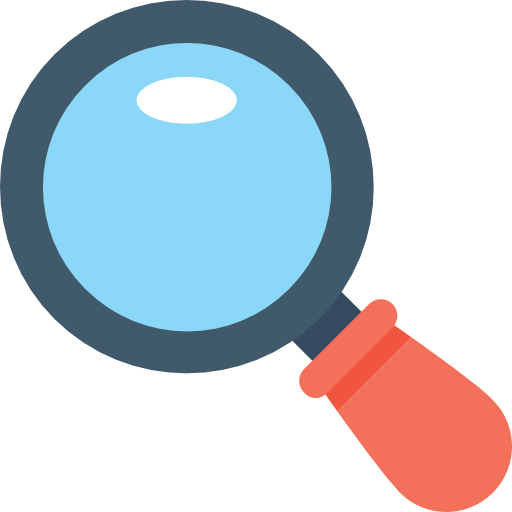
Discovery and Planning
This phase involves understanding the client’s requirements, target audience, goals, and objectives for the website. It includes gathering information about the content, features, and functionalities needed.
Activities:
- Client meetings and interviews.
- Research on industry trends and competitors.
- Defining project scope, goals, and deliverables.
- Creating a project timeline and budget estimation.
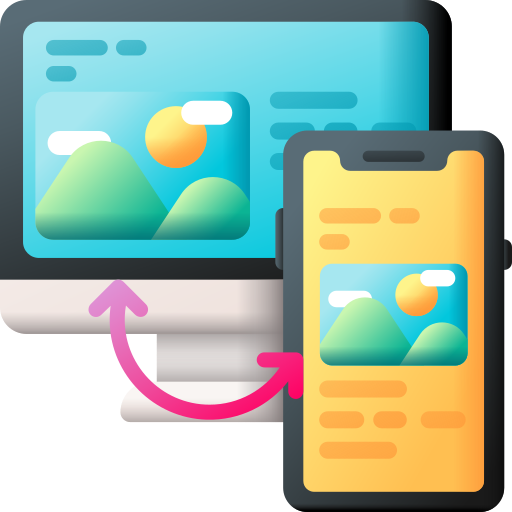
Web Design
In this phase, the visual and user experience aspects of the website are planned and designed. It involves creating wireframes, mockups, and prototypes to visualize the layout, structure, and user interactions.
Activities:
- Wireframing to outline the basic structure and layout.
- Designing mockups using tools like Adobe XD, Sketch, or Figma.
- Iterating on designs based on client feedback.
- Finalizing the visual style, colors, typography, and imagery.
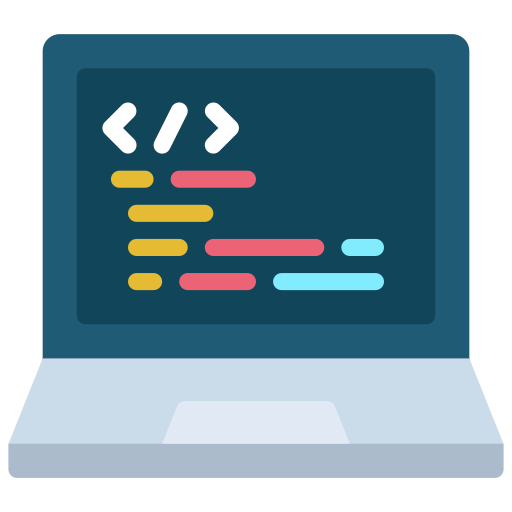
Web Development
This is the phase where the actual coding and development of the website take place. It involves turning the approved designs into functional web pages using HTML, CSS, JavaScript, and other relevant technologies.
Activities:
- Front-end development: Writing code for the user interface and client-side functionalities.
- Back-end development: Implementing server-side logic, database integration, and dynamic content generation.
- Testing each component for functionality and compatibility across different browsers and devices.
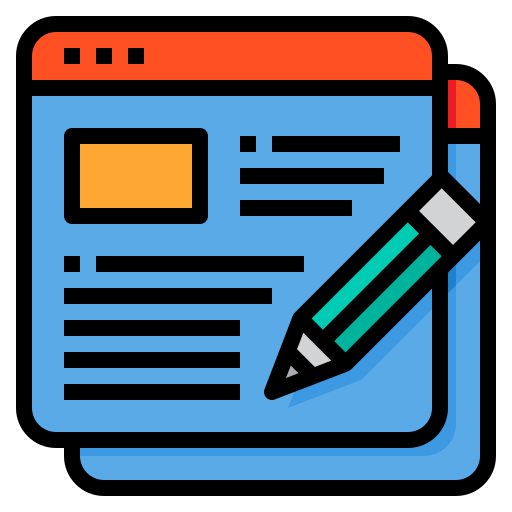
Content Creation
Content creation involves producing and organizing the textual, visual, and multimedia elements that will populate the website. This includes writing copy, sourcing or creating images and videos, and optimizing content for search engines.
Activities:
- Writing compelling and informative copy for each page.
- Acquiring or creating relevant images, videos, and other multimedia content.
- Ensuring content is optimized for SEO with appropriate keywords and metadata.
- Integrating content into the website’s design and structure.
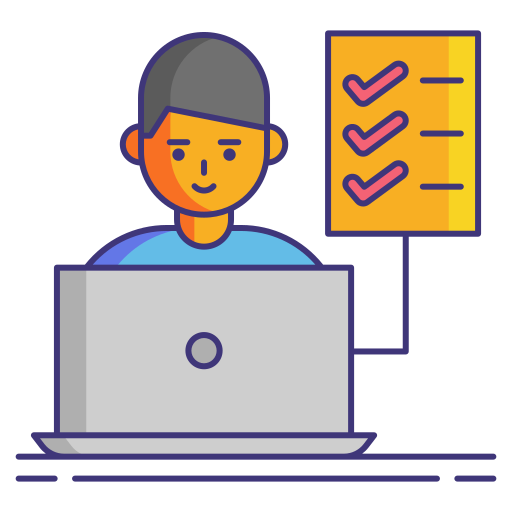
Testing and Quality
This phase focuses on testing the website thoroughly to identify and fix any bugs, errors, or usability issues. It ensures that the website functions correctly, performs well, and provides a seamless user experience across different devices and browsers.
Activities:
- Functional testing to ensure all features work as expected.
- Cross-browser testing to check compatibility with various web browsers.
- Mobile responsiveness testing to ensure proper display on different devices.
- Usability testing to evaluate user interactions and navigation.
- Performance testing to optimize loading times and responsiveness.

Deployment & Maintenance
Once the website has been thoroughly tested and approved, it is ready for deployment to the live server. This phase involves setting up hosting, domain configuration, and launching the website to the public. Additionally, ongoing maintenance and updates are crucial to keep the website secure, up-to-date, and aligned with evolving business needs.
Activities:
- Configuring web hosting and domain settings.
- Uploading website files to the server and ensuring proper setup.
- Monitoring website performance, security, and uptime.
- Regularly updating content, software, and security patches.

